Photos: 'Naked' Ancient Worm Hunted with Spiny Arms
Feeding time
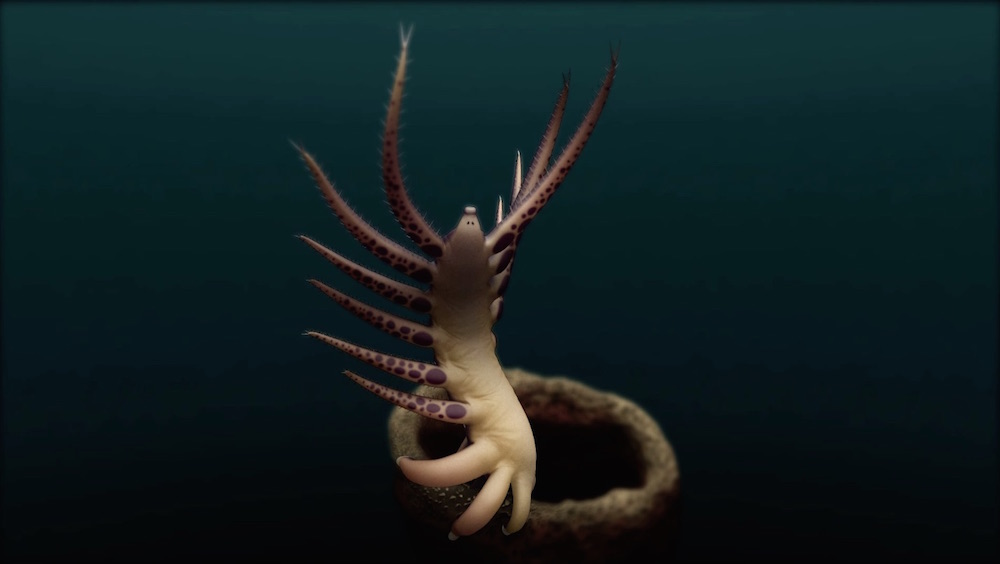
A 500-million-year-old sea creature about the size of a person's thumb once hunted zooplankton by doing a funny little dance — that is, waving its many legs around itself in the water to catch prey.
The creature, dubbed Ovatiovermis cribratus, is a lobopodian, a worm-like animal with soft legs that lived during the Cambrian period (541 million to 485 million years ago), long before dinosaurs walked the Earth. Lobopodians are the ancestors of modern-day arthropods, velvet worms and the water bears (tardigrades).
The newly identified species was "naked," meaning it didn't have armor or protective spines on its body. Thus, unless it had camouflage or toxicity to protect itself, it might have been sumptuous, easy prey for predators. [Read the full story on the ancient "naked" worm-like creature]
Leggy worm
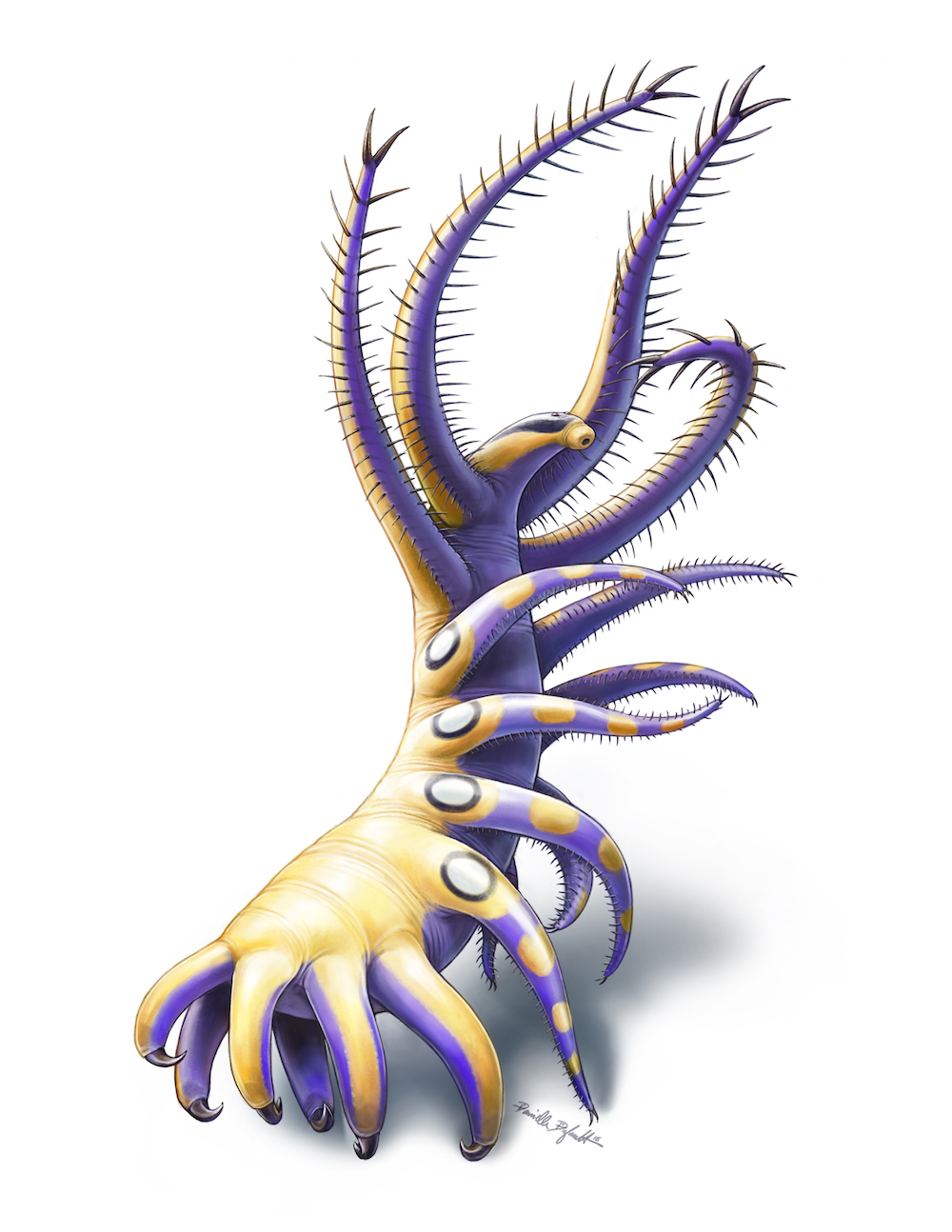
This illustration shows Ovatiovermis cribratus. The creature likely fed by anchoring its rear legs to the seafloor and then waving its top legs through the water to catch tiny food, such as zooplankton.
Mysterious specimen

Researchers have only two specimens of O. cribratus. Scientists collected the first one in 1994 at the Walcott Quarry in Yoho National Park in British Columbia, Canada.
Feeding time

The Ovatiovermis cribratus likely ate its meals by catching small food particles with its hairy upper limbs.
Lots of limbs
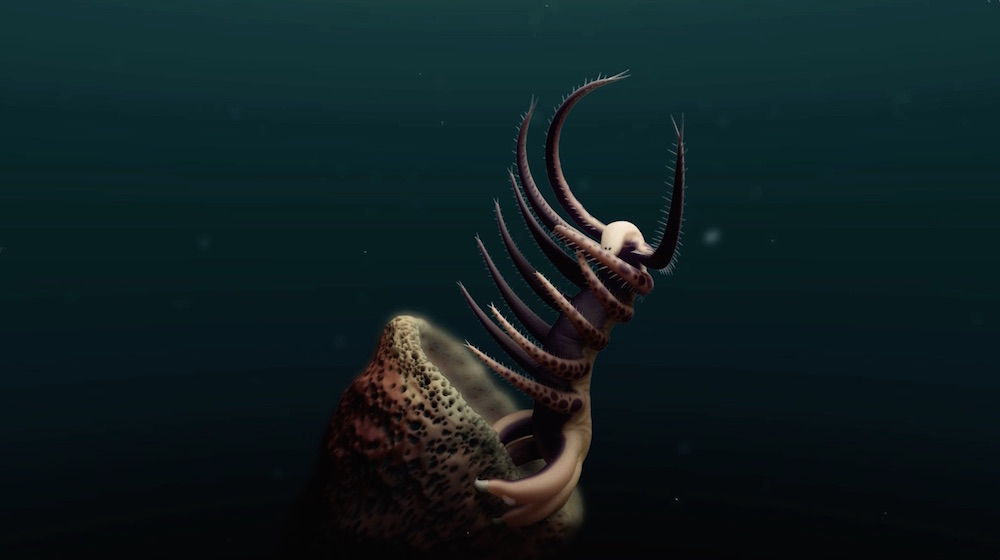
Perhaps the creature once held onto objects, such as this sea sponge, with its lower limbs. That way, it could use its upper limbs to catch food.
Death pose
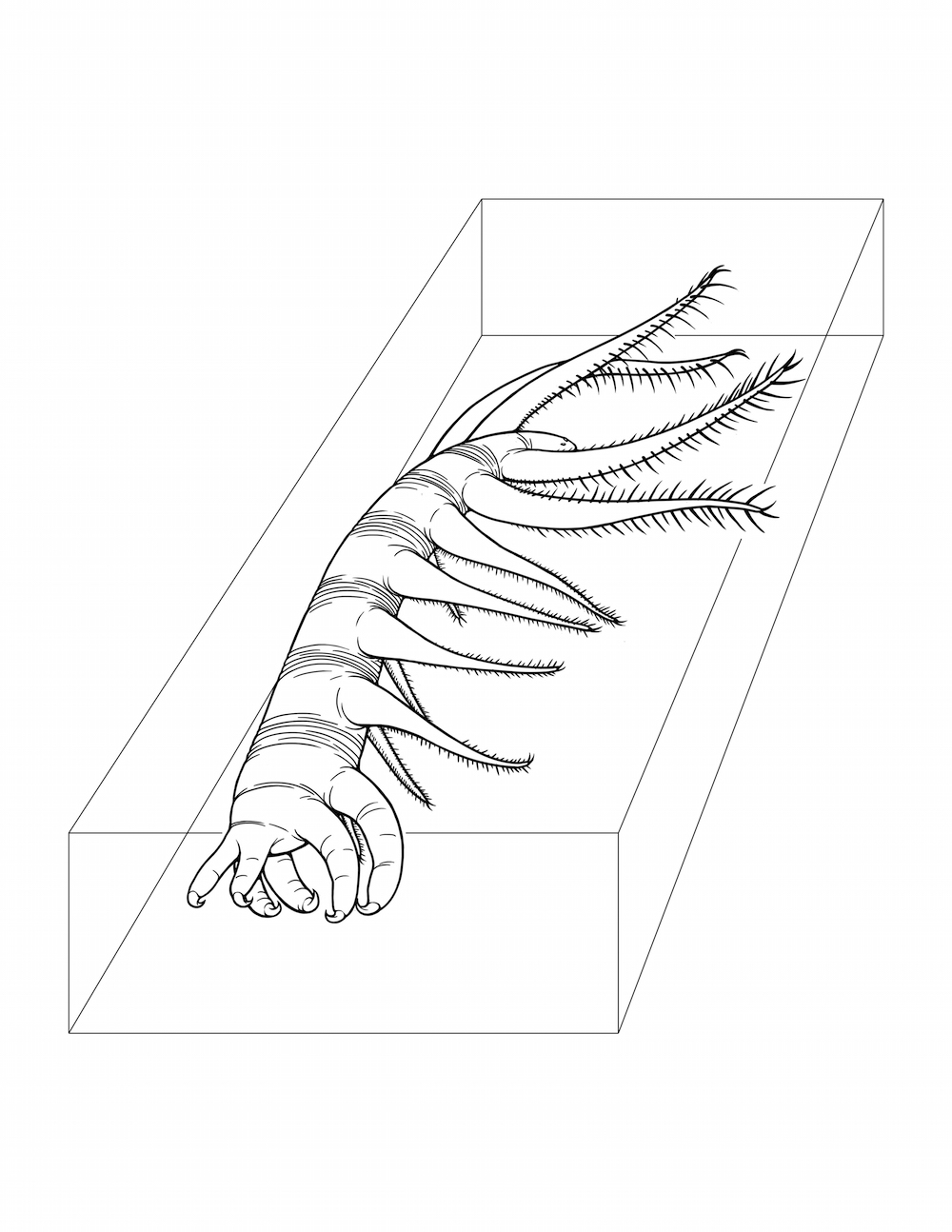
The Ovatiovermis cribratus became ensnared in sediment, likely from an undersea flow, before turning into a fossil.
Two views
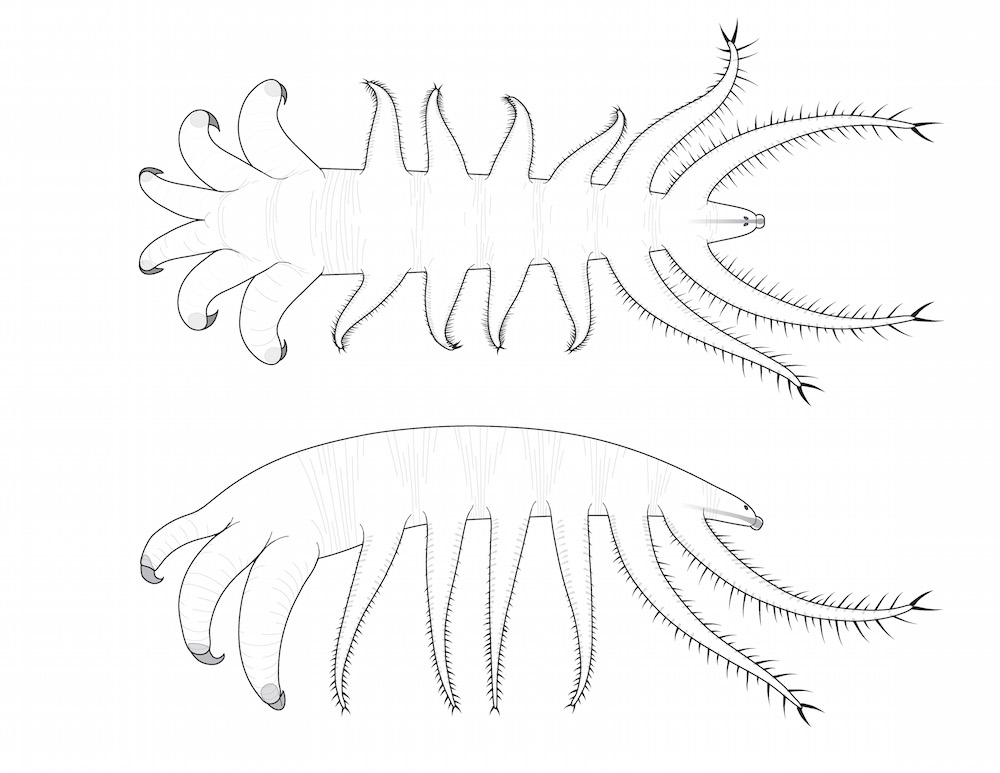
The well-preserved Ovatiovermis cribratus fossil allowed experts to visualize the creature from both the top and side view.
Sign up for the Live Science daily newsletter now
Get the world’s most fascinating discoveries delivered straight to your inbox.
Second fossil
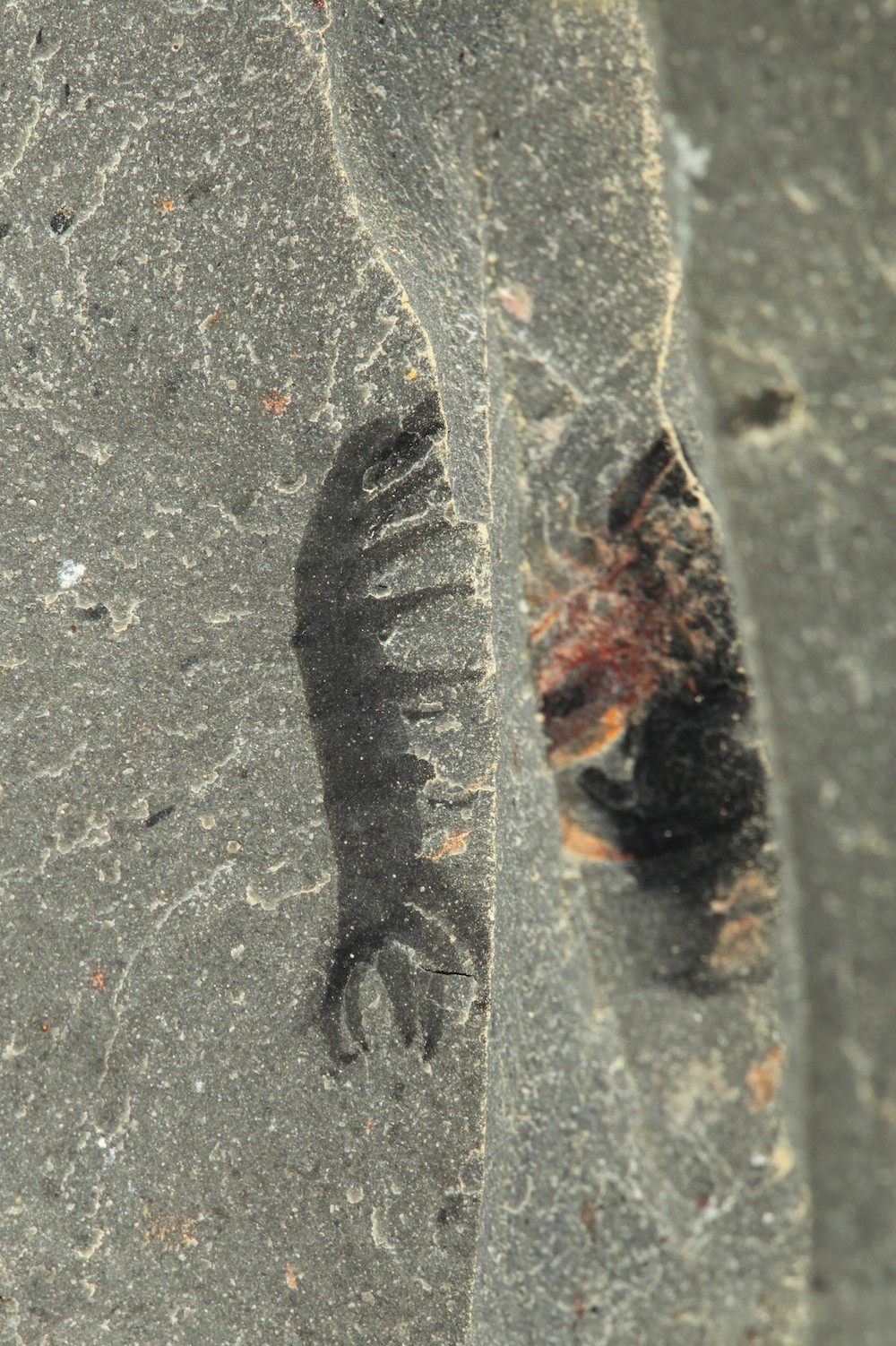
In 2011, at Walcott Quarry, a Yoho National Park visitor discovered a second Ovatiovermis cribratus fossil during a guided hike. However, paleontologists at the Royal Ontario Museum became aware of the second fossil only in 2016.
Fossil revealed
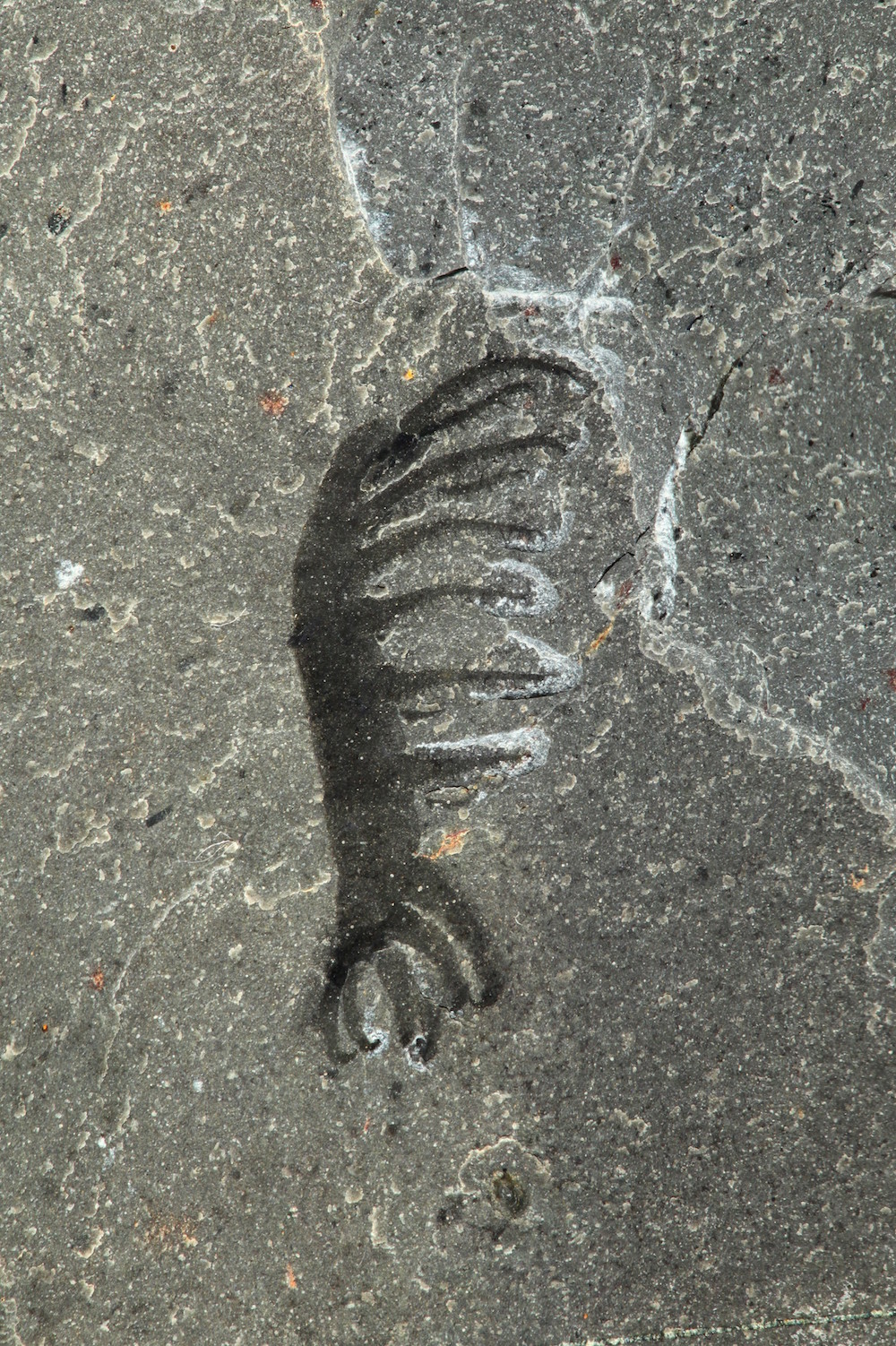
After cleaning layers of rock away, researchers could see the second fossil more clearly than before.
An expedition
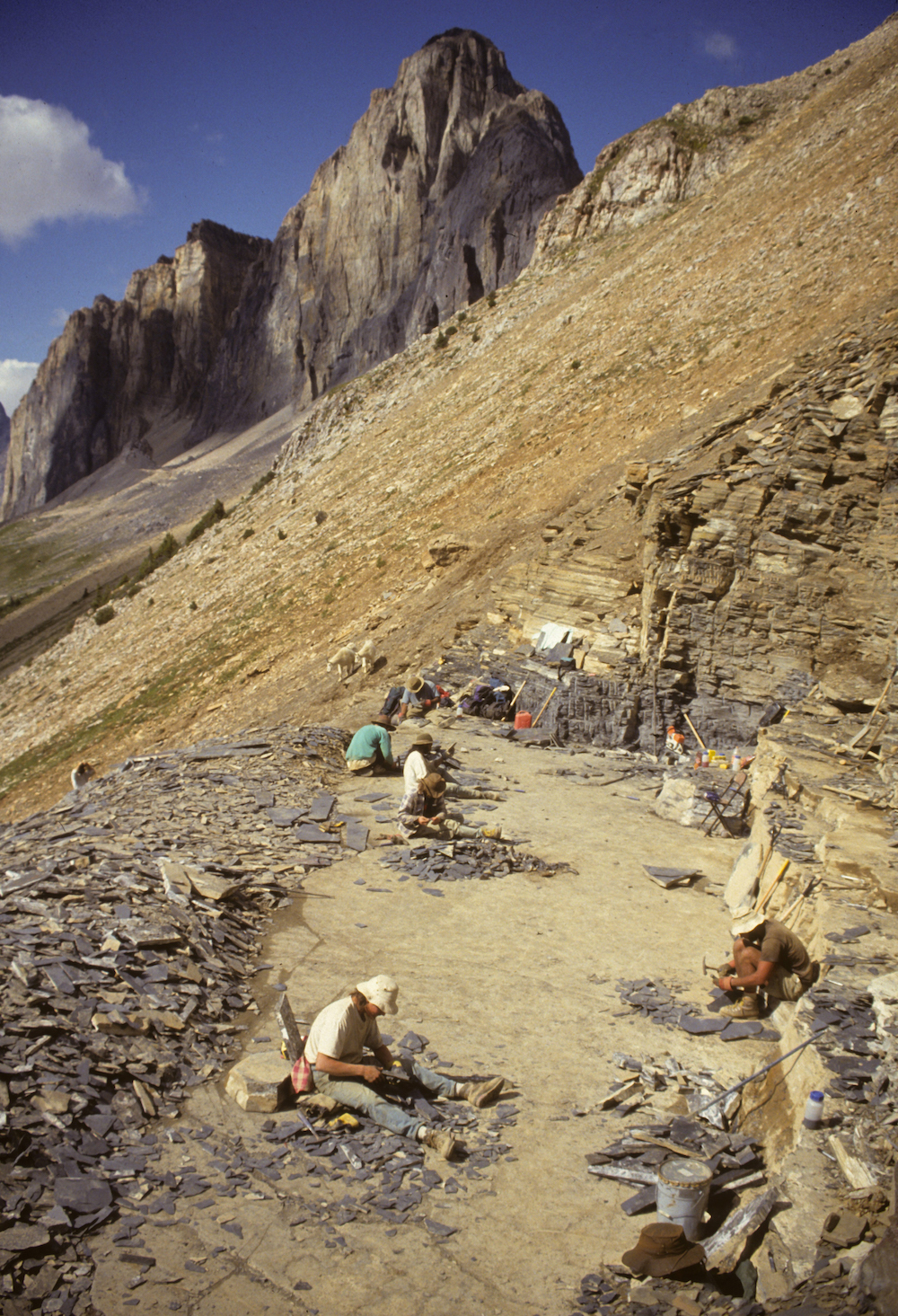
The first of two Ovatiovermis cribratus fossils was uncovered at Walcott Quarry in 1994 in a field expedition led by Desmond Collins.
Teamwork
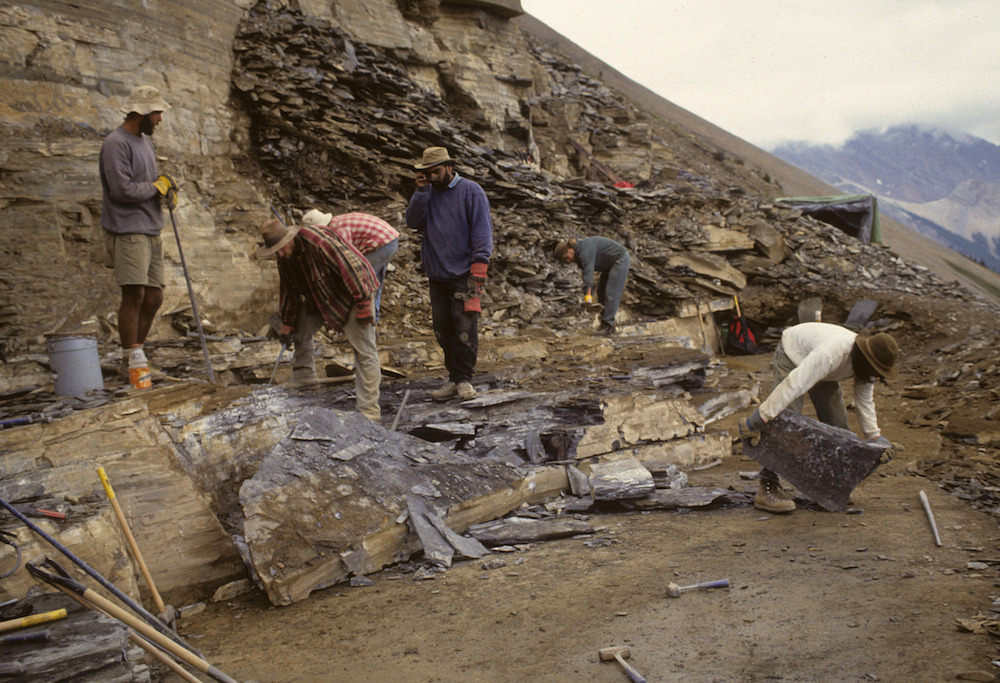
The 1994 expedition team excavated part of Walcott Quarry, which is named after Charles Doolittle Walcott. In a 1909 expedition, Walcott discovered the first Burgess Shale fossils, and the site is now world-famous for its Cambrian-period animal fossils.









